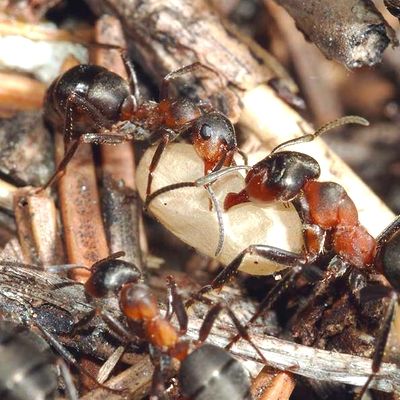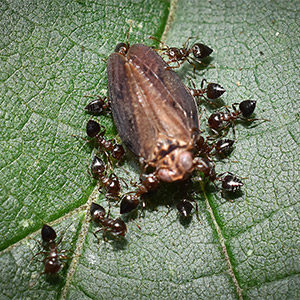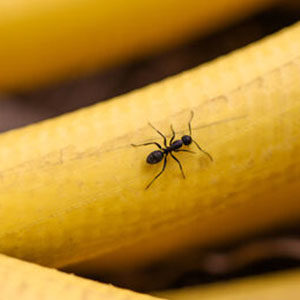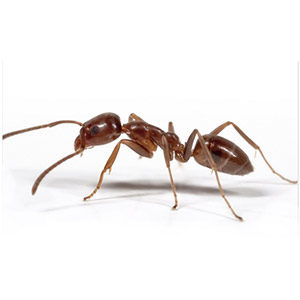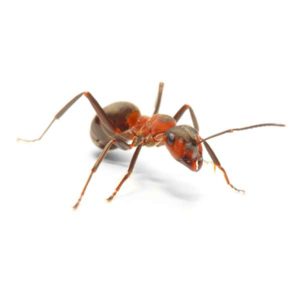Description
| Size | 1/8″ |
| Characteristics | Yellow to dark brown. |
| Legs | 6 |
| Antennae | Yes |
| Wings | Swarmers or reproductives have wings. |
| Habitat | Nests in damp or decaying wood, either indoors or outdoors. |
| Habits |
|
| Moisture Ants in the Pacific Northwest | As their name implies, moisture ants are known for nesting in high-moisture areas. These ants typically build their nests in wet or damp wood, such as decaying logs or stumps. While moisture ants are not a main structural pest, they can quicken the deterioration of wood, which can weaken the structural integrity of homes or buildings over time. Since moisture ants feed on sweet materials, they can also become a nuisance to homeowners if they come inside looking for food. |
| Moisture Ant Habitat | These ants require moisture to survive, so they are drawn to wet and damp areas. Outdoors, these ants often inhabit moist areas such as rotting wood or soil. Their nest consists of elaborate mud tubes, which resemble a sea sponge placed between the wood and the ground. These nests are often mistaken for subterranean termite mud tubes, but the moisture ant’s nests generally have more defined shapes. If indoors, moisture ants typically invade damp areas or spaces with moisture problems. Basements, crawlspaces, or behind walls are popular hiding places for these ants. |
| Moisture Ant Behaviors, Threats, and Dangers | Though moisture ants can bite, they are not aggressive and their bite is usually painless. These ants are mainly a nuisance because they can damage wood and invade kitchens to feed on sweet materials. Since moisture ants are drawn to wet environments, their presence can also be a sign of a moisture problem – such as a plumbing fixture or roof leak. Moisture ants leave behind sponge-like nests and swarm in the spring, which are two telltale signs that you may be facing an infestation. If you suspect moisture ants are invading your property, call a professional ant exterminator today to remove these pests before their colony can grow and spread. |
